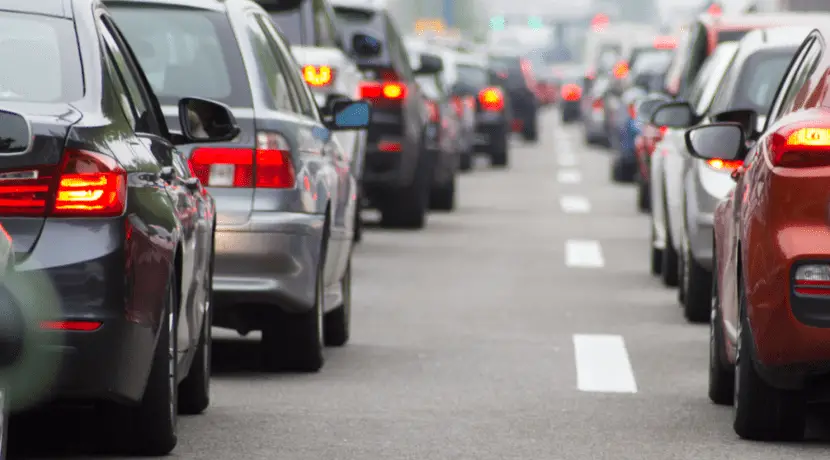In Germany, traffic jams cost travelers billions
3.2 billion euros June 25, 2024 11:04 p.m. Robert Klatt In Germany, a commuter spends on average 40 hours per year in traffic jams. This results in costs amounting to 3.2 billion euros. Kirkland (United States). Data from TomTom already showed in January 2024 that traffic in almost all German cities was getting slower and […]

3.2 billion euros
Robert Klatt
In Germany, a commuter spends on average 40 hours per year in traffic jams. This results in costs amounting to 3.2 billion euros.
Kirkland (United States). Data from TomTom already showed in January 2024 that traffic in almost all German cities was getting slower and slower. The consulting company Inrix has, as part of its project said Global Traffic Dashboard now records how many hours an average commuter in Germany spends in traffic jams each month and what costs this entails. A commuter is therefore in the middle 40 hours a year in traffic jams. If half of the average hourly wage is considered damage per hour, the waiting time costs the commuter dearly. 427 euros annual.
“Across Germany, traffic jams cost drivers 3.2 billion euros, an increase of 14% compared to 2022.”
According to Inrix, in 2023, commuters will spend the most time in traffic jams in Berlin (55 hours), Stuttgart (53 hours), Munich (52 hours), Cologne (50 hours), Düsseldorf (49 hours) as well as in Bremen and the Netherlands. Ruhr region (45 hours) or passing through slow traffic. Inrix determined this by comparing travel times for identical routes during peak hours and at night.
“Hamburg still does relatively well with 43 hours, but here too car commuters have had to sacrifice more than an extra week of work per year for daily travel.”
Reduction of traffic jams in city centres
Traffic jams in the city centers of Berlin, Hamburg, Munich and Cologne as well as Frankfurt am Main have decreased significantly compared to the previous year. However, delays due to traffic jams and slow traffic have increased in major cities. In 2023, most traffic jams occurred on the A8 in Stuttgart-Ehningen, on the Mittlerer Ring in Munich and on the Elbtunnel in Hamburg.
“This indicates a gradual migration of city centres and a greater shift of traffic to the outskirts.”
Given the tight traffic situation, traffic analyst Bob Pishue believes Germany should follow the example of Paris, which has managed to significantly reduce car use through a new traffic policy.













